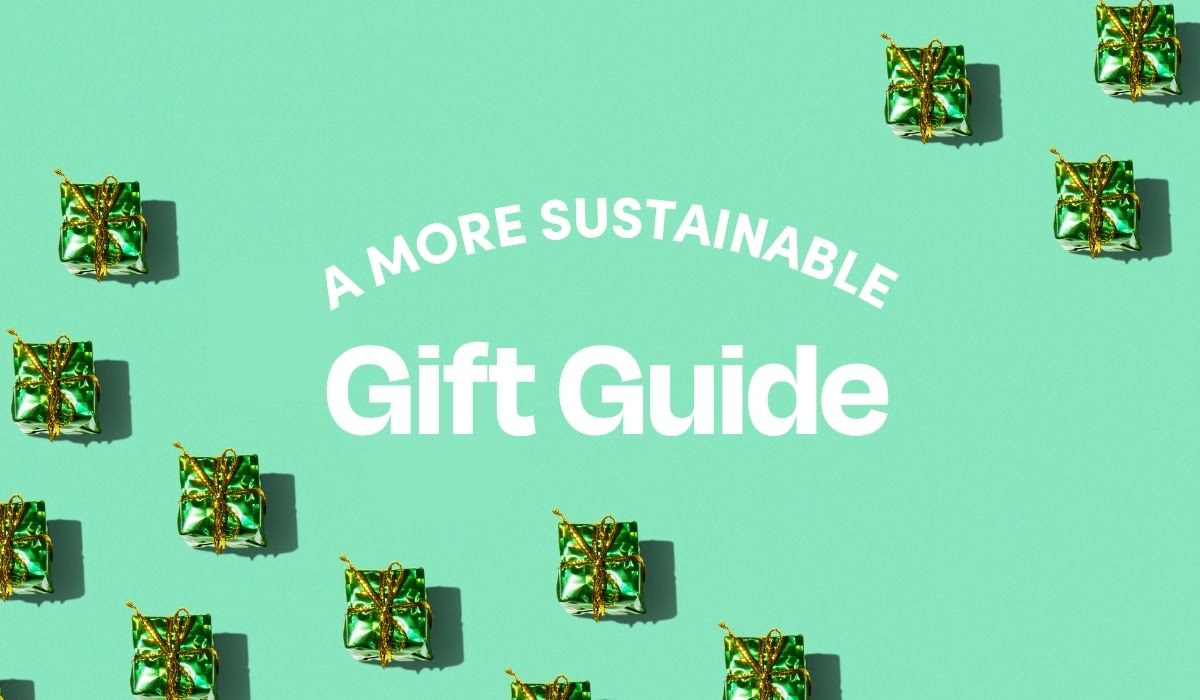The Best Lipstick for You and For the Planet
.avif)
TDLR
It's common to consume a small amount of the products we apply to our lips throughout the day as we talk, eat, and drink, making it extra important to know what ingredients are in our favorite lipsticks. Lipstick ingredients fall into four main categories: waxes, oils and fats, pigments and dyes, and additives and enhancers. When it comes to waxes, avoid petroleum-based products and aim for plant-based, keeping an eye out for certifications like Leaping Bunny. For oils and fats, choose shea butter over cocoa butter and look for the RSPO certification when a product includes palm oil. As much as possible, avoid lipsticks made with synthetic dyes and watch out for the preservatives like BHT and paraben, which are both known endocrine disruptors. To recycle packaging, you might be able to return cleaned lipstick containers to your nearest Sephora or Nordstrom or explore using Terracycle as an alternate disposal option.
Ingredients
Waxes
Waxes, which can be mineral, synthetic, plant or animal-based, give lipstick its structure and shape. Watch out for mineral waxes, which are generally petroleum-based, a source of environmental pollution, and often contain carcinogens. Shifts in consumer preferences toward natural materials (in this case meaning free of synthetic or petroleum-based ingredients) are leading companies to increase the usage of plant-based wax, but because they can spoil more easily, generally a combination of synthetic or mineral wax, along with plant-based wax is used. With all that in mind, plant and animal-based wax is generally the way to go, with a few notes of caution. Let’s get into it. The most common types of animal or plant-based waxes in lipstick include beeswax, candelilla wax, and carnauba wax.
- Beeswax is non-allergenic, anti-inflammatory, and known to have antimicrobial properties. While that’s all well and good, there are some ethical considerations with the production of beeswax to consider. With the demand for beeswax ever increasing, there is a real risk that honeybees and hives are unethically handled in the processes of retrieving the wax. #savethebees
- Candelilla wax is derived from the leaves of a Candelilla shrub, which is native to northern Mexico and the southwest U.S. and generally used to add firmness and gloss to lipsticks. Bonus – it's a vegan alternative to beeswax!
- Carnauba wax comes from the leaves of a tropical palm tree native to Brazil and is often used as a binding agent. Keep in mind that the extraction of Carnauba from Brazil has led to some serious environmental challenges like deforestation. The Initiative for Responsible Carnauba is working to set higher standards for the industry by bringing buyers and processors together, with members including L’Oreal and LVMH (the owner of Sephora!).
Oils and Fats
Oils and fats often make up the majority (~65%) of lipstick providing moisture and acting as a carrier for pigments. Castor oil, one of the most common oils used in lipstick because of its low allergenic potential, is extracted from the seeds of its namesake plant. When it comes to fats, shea butter, lanolin, and cocoa butter are common ingredients. Shea butter and cocoa butter are natural emollients that help soften, smooth, and repair the skin barrier. If you’re choosing between the two, though, go for shea butter – it contributes to women’s economic empowerment in numerous African countries and it avoids concerns around child labor and inhumane working conditions that are often associated with cocoa butter.
Synthetic emollients are made through chemical processes, but this isn’t always a bad thing. Esters, for example, can be made from inputs like coconut or sugar, and are therefore a bit less emissions-intensive than their petrochemically-derived counterparts. Fatty alcohols and acids are another type of emollient and, while ingredients like cetyl alcohol are technically plant-based, they’re derived from palm oil, which is closely linked to global deforestation. Yikes. If cetyl alcohol is a must-have in your product, opt for brands highlighting their Roundtable on Sustainable Palm Oil (RSPO) certification. Otherwise, options like stearic acid derived from sunflower oil are considered lower-impact.
Pigments and Dyes
Pigments and dyes give lipsticks their color – from flamingo pink to ruby valentine red and can be made from plants, minerals, or synthetic materials. Iron oxide is a mineral pigment frequently used to achieve deeper hues. It’s a naturally occurring mineral compound made of iron and oxygen, though often synthetic when used in makeup to ensure that it’s free from heavy metals or other contaminants. Pro tip? If your lipstick has iron oxide, look for brands that meet FDA, EU, or ISO regulations. Where possible try to avoid lipsticks that are made with synthetic dyes – they're often either called something that sounds more “natural” than it really is, like “Yellow 5 Lake. Nevertheless, they are endocrine disruptors, which can cause skin sensitivities, and can build up in the environment, causing harm to aquatic life. Titanium dioxide – which you may recognize as a core ingredient in sunscreen – is sometimes added to lipstick as a lightener that helps “reds” appear more pink. With so many pigments and dyes out there, here’s the short of it: avoid ingredients like “carmine” (um, hello beetle guts – yes, you read that right!) and, as much as possible, limit synthetic dyes like “natural red 4.” Go for products with plant-based pigments like cocoa powder, beetroot, or annatto, which are not quite as common, but less resource-intensive than their synthetic counterparts.
Additives & Enhancers
There’s a long list of other ingredients you might find as you’re searching for lipstick, which includes fragrances, preservatives, antioxidants, silicones, texturizers, and emulsifiers. Watch out for BHT (a nickname for butylated hydroxytoluene) and paraben – two preservatives that are known endocrine disruptors linked to increased risk of breast cancer (parabens) and developmental and reproductive issues (BHT).
Packaging
If we’re being honest here, recycling lipstick is not super straightforward and requires some work. The cosmetic packaging most likely to be recycled includes glass (although opacity matters – frosted glass, for example may not be accepted), metal, and large format plastic packaging made of PET #1 or HDPE #2. Knowing that most lipstick packaging is made of plastic, the most effective way to recycle your lipstick is to drop off a clean container at stores like Nordstrom or Sephora – they accept any brand and have special recycling bins out on the floor, which we love. You can also turn to TerraCycle to see their active brand partnerships, which involves dropping off empties at in store locations or mail-in programs – with a free shipping label.
Usage Tips
Critical to successful recycling is a squeaky-clean container. Try using a Q-Tip to remove the remainder of the product – and then glide it on for one last use! If all else fails, beauty editor Sophie Shaw, recommends using these tiny spatulas. To get the best use out of purchasing a new product for this task, use these tiny spatulas – and are they not the cutest thing you’ve ever seen – to get into the nooks and crannies of all your cosmetic containers as you prep them for recycling. This can help ensure that all that hard work leads to successful recycling.
Certifications
PETA Cruelty Free
PETA’s Cruelty-Free offers a searchable database of companies and denotes whether they conduct, commission, or test their products on animals.
EWG Verified
The Environmental Working Group has created a database that aims to be the gold standard in rating personal care products based on their ingredients, ensuring products are free from the chemicals of concern to human health that are outlined in their unacceptable list. Look for the EWG logo to make sure you’re avoiding those pesky ingredients.
Roundtable on Sustainable Palm Oil (RSPO)
RSPO is a globally recognized standard for the sustainable production and use of palm oil. While it’s not a silver bullet, it helps assure that certain sustainability requirements have been met.
Leaping Bunny
Leaping Bunny is an internationally recognized symbol that guarantees no animal tests were conducted on any of the ingredients in a product.
Cosmos Organic
The Cosmos Organic is a globally recognized standard that seeks to establish criteria to ensure products are genuinely organic or natural and produced to the highest feasible sustainability practices.
Fun Fact
In 2024, researchers identified the world’s oldest known lipstick in what is now southern Iran. Dating back 5,000 years, the lipstick was a deep red, contained in a stone vial, and likely applied with a brush.
Join today to get access to product recommendations,
unlimited articles, and exclusive weekly content.
(16% discount)
Already a member? Log in.
Choose Wisely with Finch

Multi-Stick
Works on lips and cheeks, you won't find something more versatile. Lizzie's obsessed
.svg)
.svg)

The Lip Tint
Anything Bobbi Brown touches turns to gold. That's it.
.svg)
.svg)

Wet Stick
Clean, balmy lip care packed with squalane and ceramides
.svg)
.svg)

Thorn Bite Peptide Plump Crème Lip Oil
The very first ingredient is organic marula oil, which comes from trees that were once rare but now cultivated - linked to fertility and happy marriage!
.svg)
.svg)

Legendary Serum Lipstick
Super long lasting, and the water inside the formula has ben replaced with organic Bitter Cherry Fruit Water
.svg)
.svg)

Impact-FULL Smoothing Lipstick
Pair with your tube mascara, this stains beautifully and feels like you're smooching satin
.svg)
.svg)
Learn more about our sources and methodology
LEARN MORE









